Global Perspective: Food Processing Equipment Applications in Different Regions
Food processing equipment is widely used around the world, with diverse applications depending on regional differences, cultural backgrounds, and market demands. In both developed and developing countries, the selection and use of food processing equipment are influenced by economic factors, regulations, technology, and consumer preferences. This article explores the characteristics of food processing equipment applications from a global perspective and examines the reasons behind these differences.
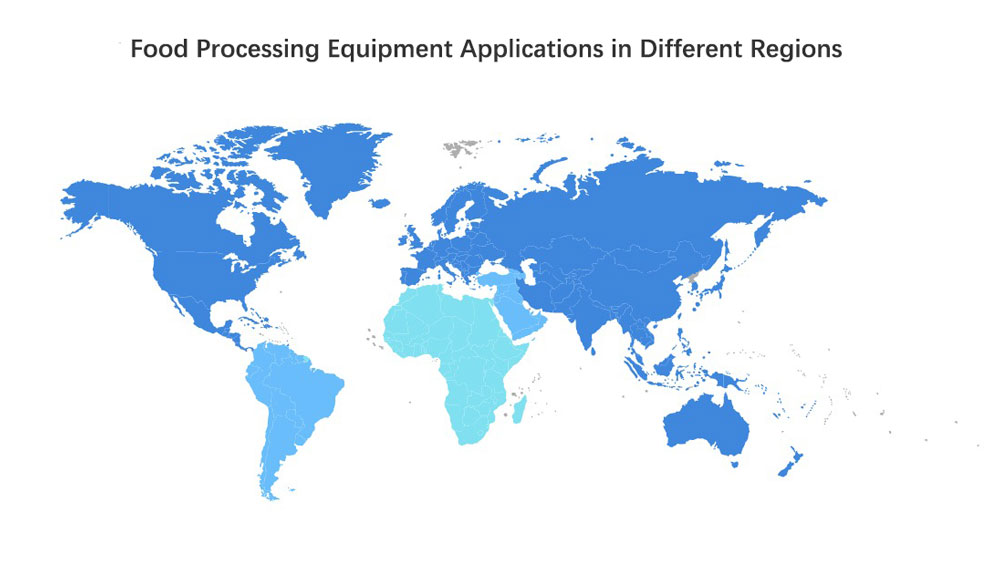
1. North American Market: A Leader in Automation and Efficiency
1.1 High Automation
In North America, particularly the United States and Canada, the food processing equipment market is highly developed, with a high degree of automation. Many large food processing companies rely on automated equipment to increase production efficiency and reduce labor costs. Due to the high cost of labor in the U.S., there is a strong demand for automation. Automated equipment not only enhances production speed but also provides advantages in food safety and consistency.
1.2 Strict Regulations
Food safety regulations in North America are stringent. Food processing companies must comply with numerous regulations from authorities like the FDA (Food and Drug Administration) and USDA (United States Department of Agriculture). These regulations impose higher sanitary standards on food processing equipment. The equipment must be easy to clean, resistant to corrosion, and capable of preventing cross-contamination. As a result, many equipment manufacturers are committed to developing equipment that meets these standards.
1.3 Preference for Large, Fully-Automated Equipment
Food companies in North America are typically large in scale, and the market demands high-capacity, fully automated equipment. This type of equipment offers one-stop processing solutions, from raw material handling to packaging, greatly enhancing efficiency. However, these machines are often expensive, requiring significant upfront investment. Over time, they offer a high return on investment, especially for companies looking for long-term growth.
2. European Market: Focus on Sustainability and Innovation
2.1 Impact of Environmental Regulations
The European market is deeply influenced by environmental and sustainability concerns in the application of food processing equipment. The European Union has implemented strict environmental regulations, requiring food processing equipment to reduce energy consumption and carbon emissions during design and manufacturing. As a result, many European manufacturers focus on developing eco-friendly equipment, such as energy-efficient heating systems and water-saving cleaning solutions.
2.2 Widespread Use of Innovative Technologies
European countries are at the forefront of technological innovation in food processing. Countries like Germany, Italy, and France are known for incorporating cutting-edge technologies in food cutting, packaging, and storage processes. Technologies like smart sensing systems, laser cutting, and vacuum packaging are widely adopted to increase production efficiency and minimize food waste.
2.3 High Demand for Flexible Equipment Among SMEs
Unlike North America, the food processing industry in Europe is dominated by small and medium-sized enterprises (SMEs). These companies require equipment that is flexible and adaptable to various product lines and production needs. Modular, scalable equipment is popular in Europe, as it allows companies to quickly respond to market changes while keeping maintenance costs low.
3. Asian Market: Rapid Growth and Localization
3.1 Fast-Growing Demand
The Asian food processing equipment market, particularly in China, India, and Southeast Asia, is experiencing rapid growth. These regions have large populations and substantial food demand, fueling the expansion of the food processing industry. As the middle class rises and consumer awareness of health and safety increases, the demand for better-quality food products and safer processing equipment is also growing.
3.2 Localization Needs
One notable feature of the Asian market is the strong emphasis on localization. Due to the significant differences in eating habits across countries, food processing equipment must meet localized needs. For instance, in China, equipment for producing traditional staples like noodles and steamed buns is in high demand, while in India, equipment for spice and rice processing takes precedence. Equipment manufacturers must tailor their offerings to suit the specific demands of each market.
3.3 Dominance of Small and Medium-Sized Enterprises
Many food processing companies in Asia are SMEs, which tend to be more sensitive to equipment costs. Compared to the North American and European markets, the Asian market favors affordable, easy-to-operate, and low-maintenance equipment. This has allowed local equipment manufacturers to capture a significant portion of the market.
4. Latin American Market: Opportunities and Challenges in a Developing Region
4.1 Aging Equipment and Upgrade Needs
The food processing equipment market in Latin America is in a stage of rapid development but faces challenges with aging equipment. Many processing plants still rely on equipment from previous decades, resulting in low production efficiency and heightened food safety risks. As the region's economy grows and foreign investments increase, more companies are upgrading their equipment to improve production capacity and product quality.
4.2 Price and Cost-Effectiveness
Similar to the Asian market, companies in Latin America are highly sensitive to equipment prices. Cost-effective machines that are affordable and reliable perform well in the market. These machines cater to the needs of SMEs. Additionally, businesses increasingly prioritize after-sales support and spare parts availability, as these factors influence the long-term cost of operating the equipment.
4.3 Growing Awareness of Sustainability
Although environmental regulations in Latin America are not as stringent as in Europe, the concept of sustainability is gaining traction. Some large companies have started investing in eco-friendly equipment to reduce water consumption and energy waste. For instance, in Brazil, coffee processing equipment manufacturers are developing energy-efficient machines to meet the global demand for sustainable products.
5. African Market: Potential and Challenges in an Emerging Market
5.1 Growing Demand
With Africa's growing population and economic development, the food processing industry has enormous potential. Many international food brands and equipment manufacturers are entering the African market in search of new growth opportunities. The demand for food processing equipment is mainly focused on basic machinery, such as grain processing, beverage production, and basic packaging equipment.
5.2 Technological and Financial Constraints
However, Africa faces significant challenges in terms of technology and finance. Many food processing companies lack the capital to invest in modern equipment. Additionally, the shortage of skilled labor limits the adoption of advanced machinery. Therefore, equipment manufacturers entering the African market must offer more technical support and training services.
5.3 Localization and Adaptability
In Africa, localization and adaptability are critical for food processing equipment. Due to varying climate conditions and infrastructure challenges, equipment must be able to adapt to the local environment. For example, water-saving equipment is particularly valuable in regions with limited water resources. Additionally, energy-efficient machines are highly sought after due to the instability of electricity supply in many African countries.
How to Choose Food Processing Equipment Based on Region?
1. Understand Local Regulations
Food safety and environmental regulations vary greatly between regions. Businesses must understand the local regulatory requirements when selecting equipment. For instance, in the European market, it is essential to choose energy-efficient equipment that meets environmental standards, while in the North American market, hygiene and safety standards are paramount.
2. Consider Cost-Effectiveness
No matter the region, businesses need to select equipment that aligns with their budget. Companies in developed countries can opt for high-efficiency, automated equipment, while businesses in developing regions may prefer affordable, easy-to-maintain machines.
3. Seek Localized Solutions
The competitiveness of food processing equipment manufacturers in global markets often depends on their ability to provide localized solutions. Equipment must be tailored to meet the dietary preferences, production needs, and climate conditions of different regions. Choosing a supplier that offers localized support will improve the equipment's applicability and production efficiency.
Conclusion
The application of food processing equipment varies widely across different regions of the world. Whether it’s the high level of automation in North America, the environmental innovations in Europe, the localization in Asia, or the potential of emerging markets like Africa and Latin America, each region has its unique characteristics. When choosing equipment, companies must consider regional regulations, market demands, production scale, and budget to make the best decision. Understanding the differences in global markets will help food processing businesses thrive in international markets.
Must-Read Blogs For Chain Restaurants Owner

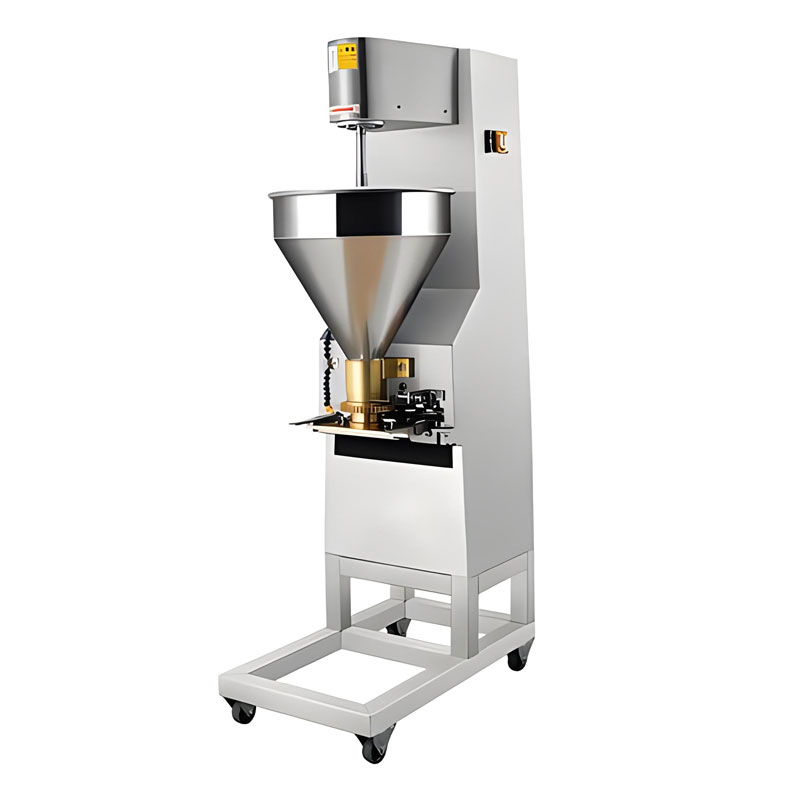
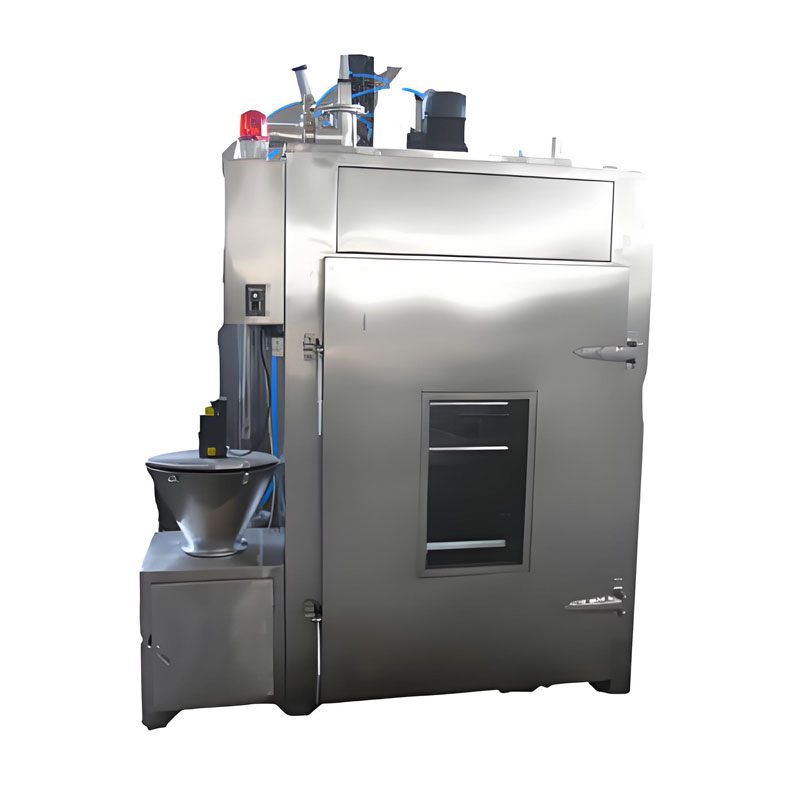
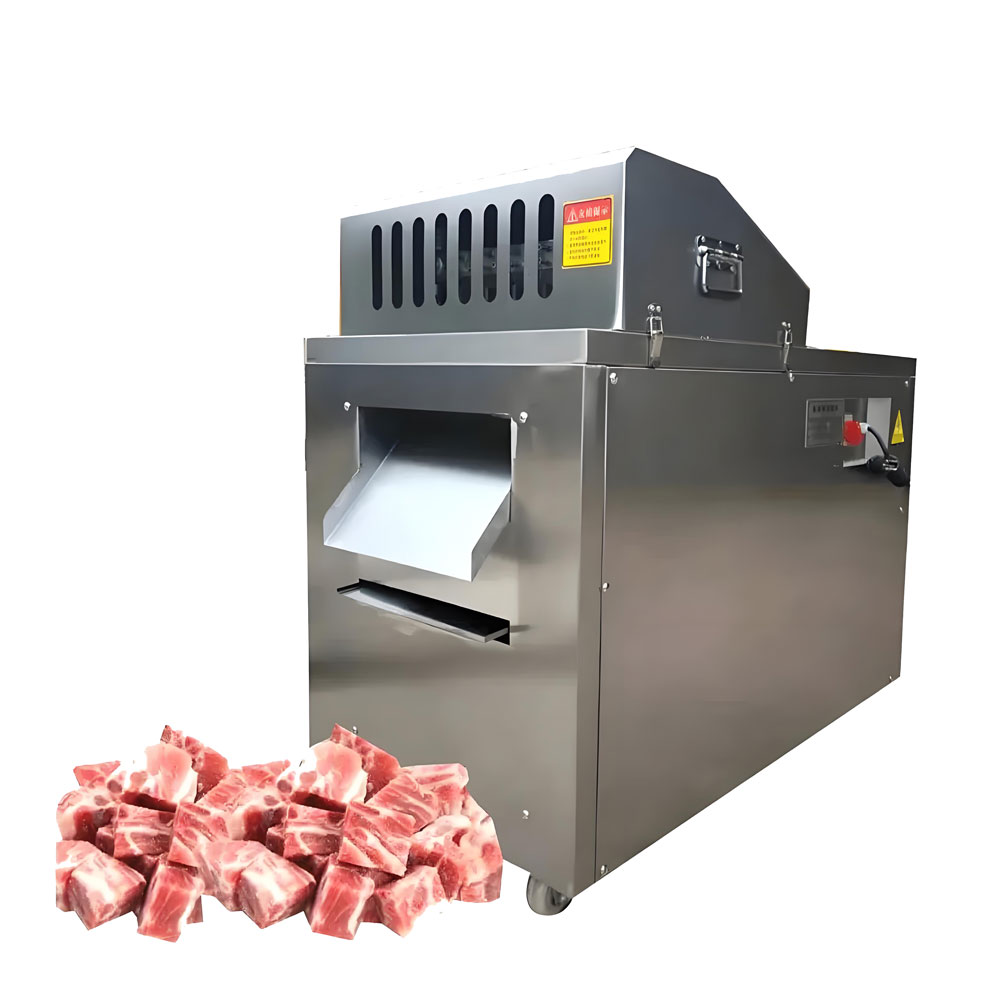
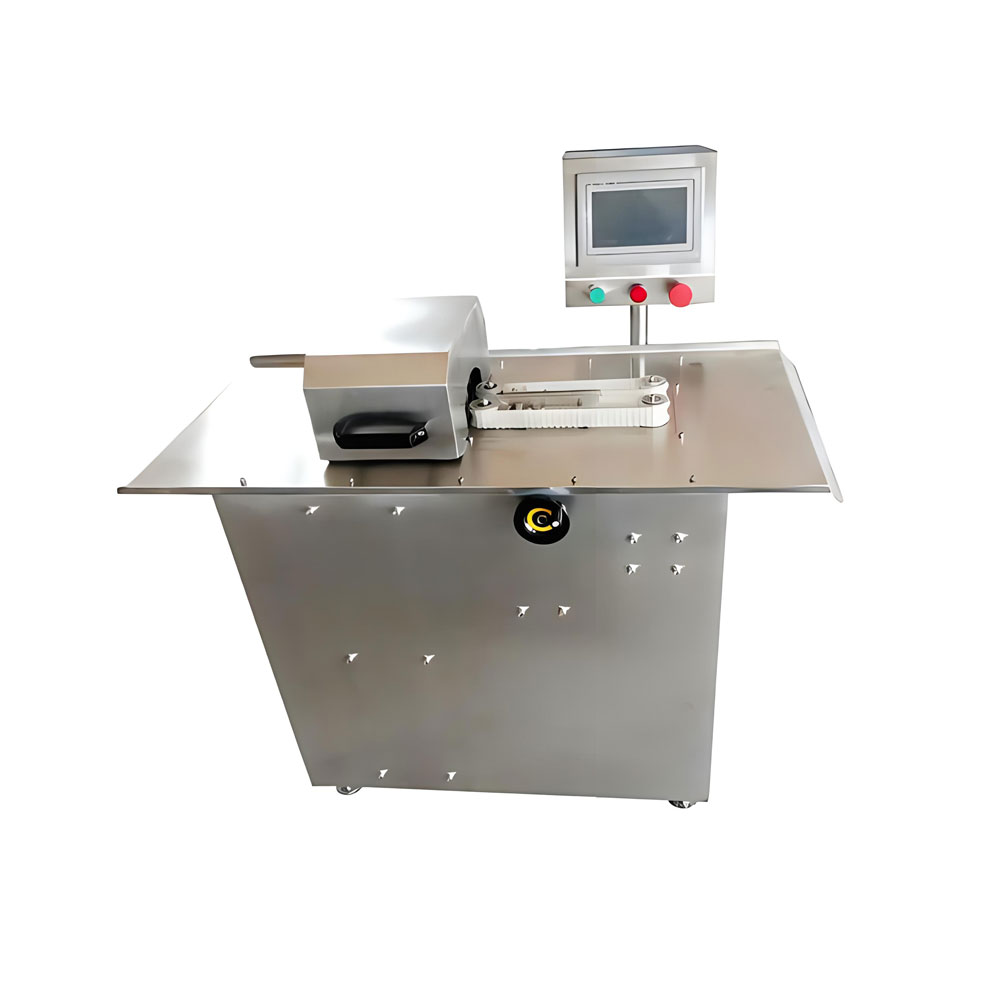
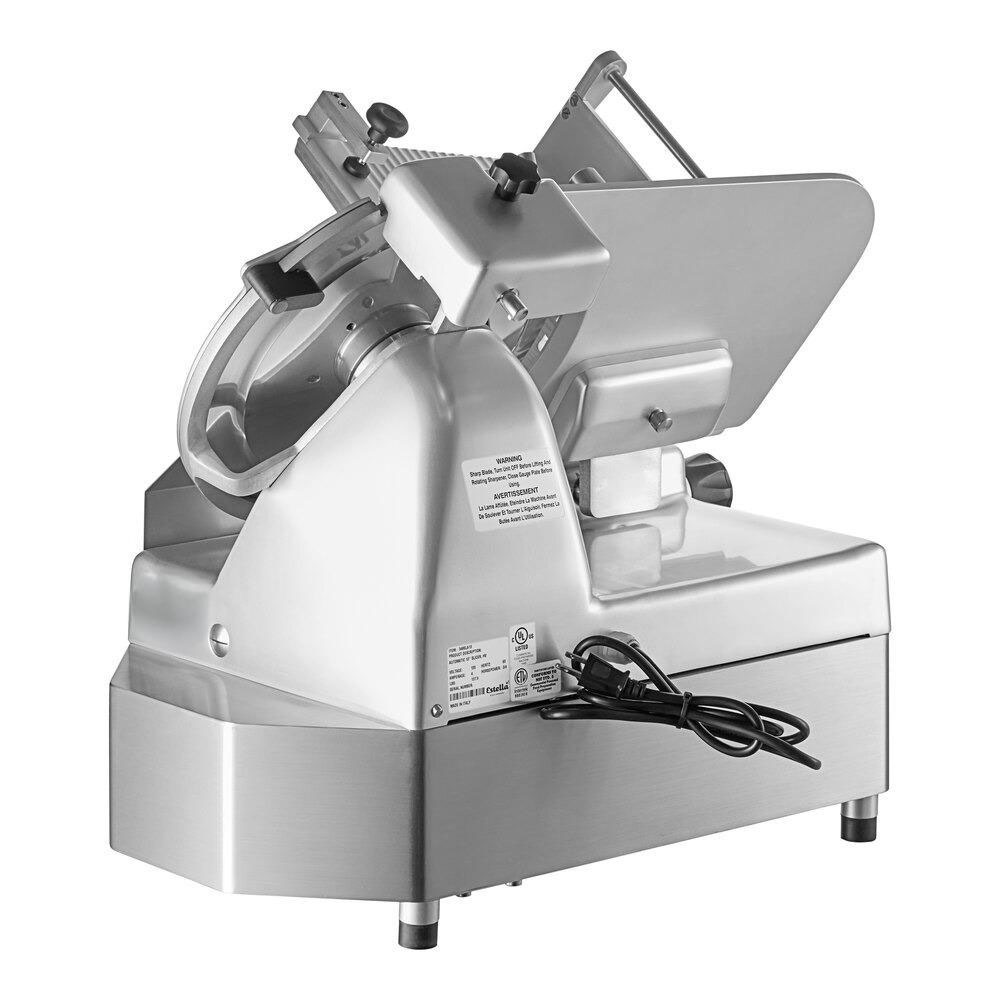





 Portable Flake Ice Machine
Portable Flake Ice Machine Pelmeni Making Machine
Pelmeni Making Machine
Ready to Get Started?